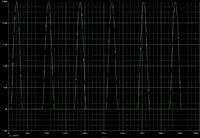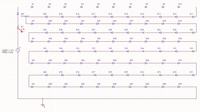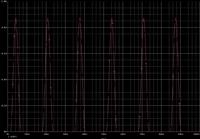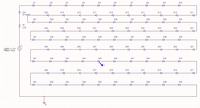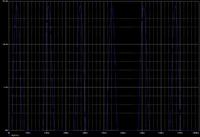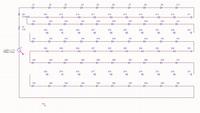nopeda
Newbie level 1

110v led to battery
So far I would like to use some LED lights with a 110 volt inverter system because it seems they would use the least amount of power, but the only 110 volt bars of them I've seen have cost $50+ and I don't want to spent that much. I saw some that take 6 AA batteries at Walmart for a lot less. Can I use a cheap transformer to power it from a 110 volt system, and if so what voltage transformer do I need to use and do I need to solder connections between contacts where the batteries would be?
Thanks for any help!
David
So far I would like to use some LED lights with a 110 volt inverter system because it seems they would use the least amount of power, but the only 110 volt bars of them I've seen have cost $50+ and I don't want to spent that much. I saw some that take 6 AA batteries at Walmart for a lot less. Can I use a cheap transformer to power it from a 110 volt system, and if so what voltage transformer do I need to use and do I need to solder connections between contacts where the batteries would be?
Thanks for any help!
David




